Understanding the Mezcala Stone Figure Grading System
Mezcala stone figures, originating from the Guerrero region of Mexico, are a fascinating representation of pre-Columbian Mesoamerican artistry. Due to their unique forms and mysterious origins, these enigmatic carvings have captivated collectors, historians, and archaeologists. To classify these figures and provide a framework for understanding their stylistic evolution, Carlo T. Gay, a renowned expert in Mesoamerican art, developed a grading system. This system, known as the M-Scale, ranges from M-2 to M-26 and offers insight into the chronological and stylistic progression of Mezcala stone figures.
Early Figures: M-2 to M-4
The earliest figures, classified as M-2 to M-4, are characterized by their simplicity and abstraction. These figures often lack detailed facial and anatomical features, emphasizing basic shapes and forms. The primitive nature of these early figures suggests they were among the initial attempts by Mezcala artisans to depict the human form. Their abstract style may reflect a symbolic or ceremonial purpose, where the figure’s essence was more critical than realistic representation.
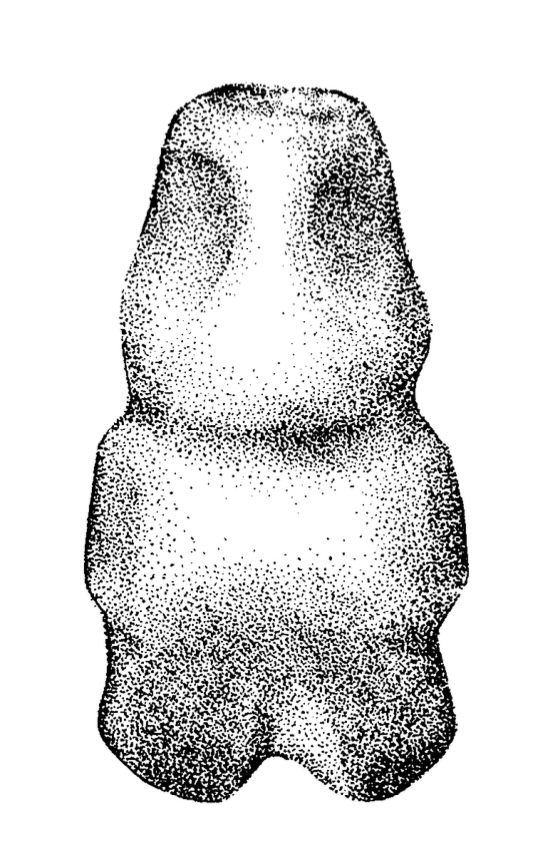
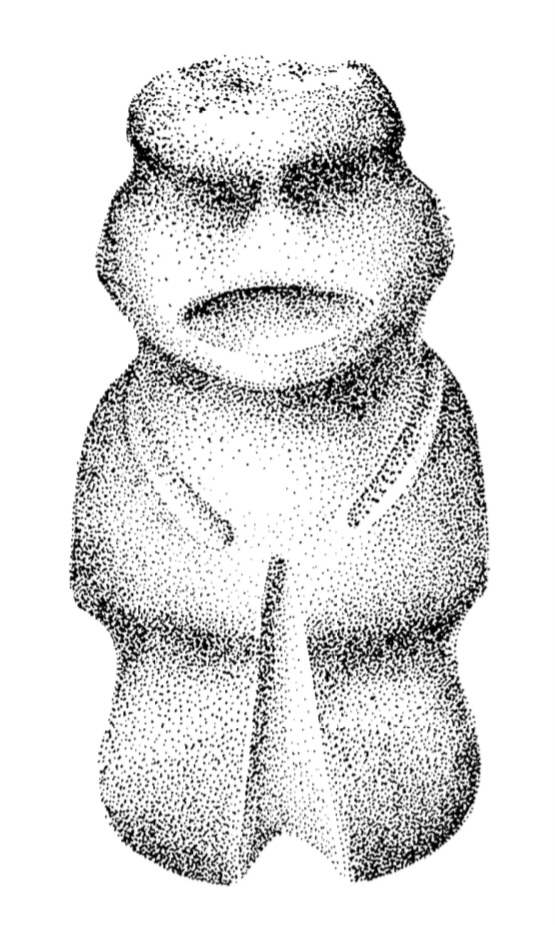
Intermediate Figures: M-6 to M-10
As we move up the scale to M-6 through M-10, there is a noticeable increase in detail and complexity. These figures exhibit more defined facial features and limbs, although they retain an abstract quality. This progression indicates a growing skill among Mezcala artisans and a shift towards a more figurative approach. The increased detail in these figures suggests a greater emphasis on individual characteristics and perhaps an effort to distinguish specific individuals or deities.

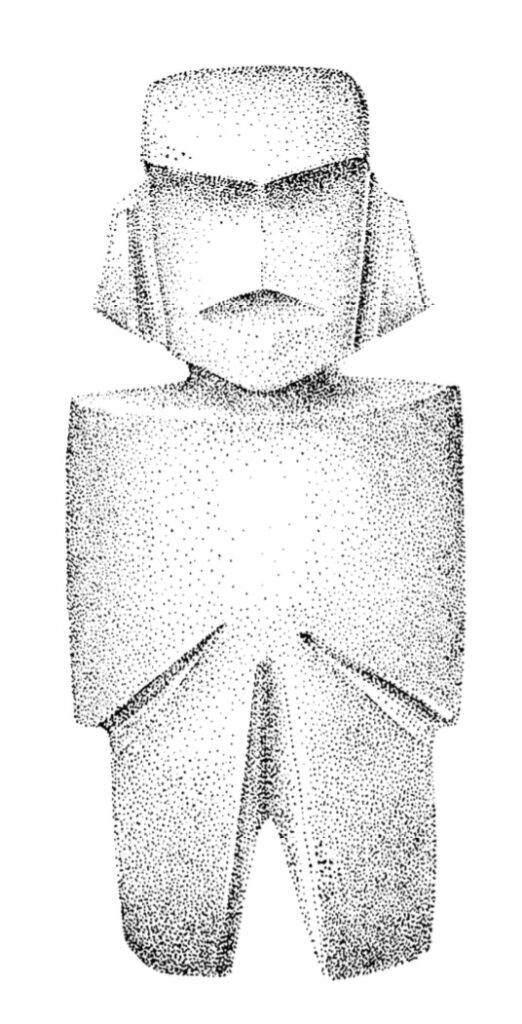
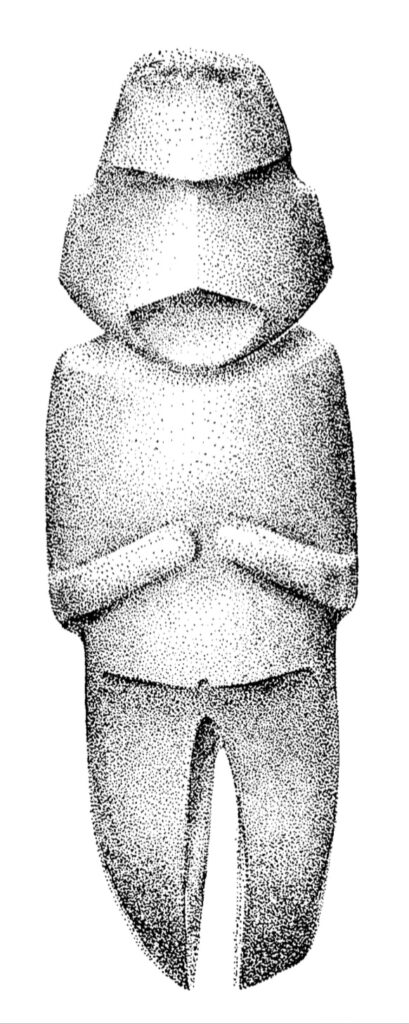
Developed Figures: M-12 to M-14
The middle range of the scale, M-12 to M-14, showcases more developed and realistic figures. These carvings exhibit more apparent anatomical details, including well-defined faces, arms, and legs. The figures in this category demonstrate a significant advancement in carving techniques and an enhanced understanding of human anatomy. The realism in these figures indicates that Mezcala artisans were increasingly focused on creating lifelike representations, possibly reflecting a cultural shift towards honoring specific individuals or depicting mythological narratives.
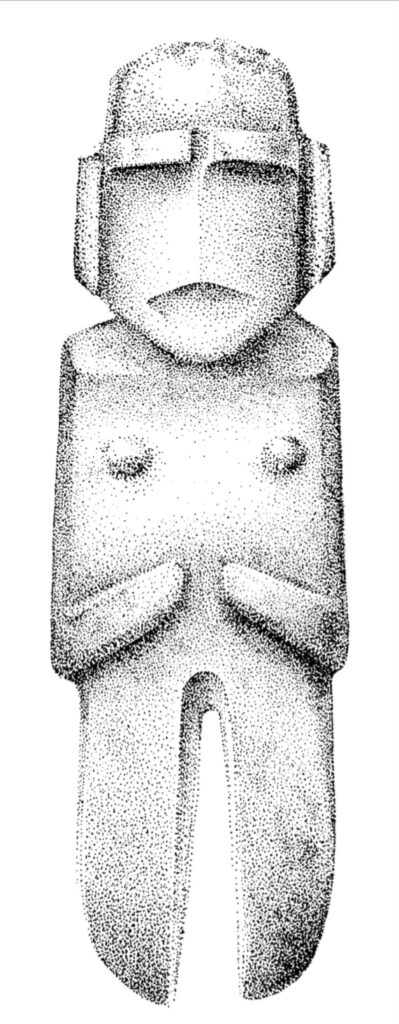
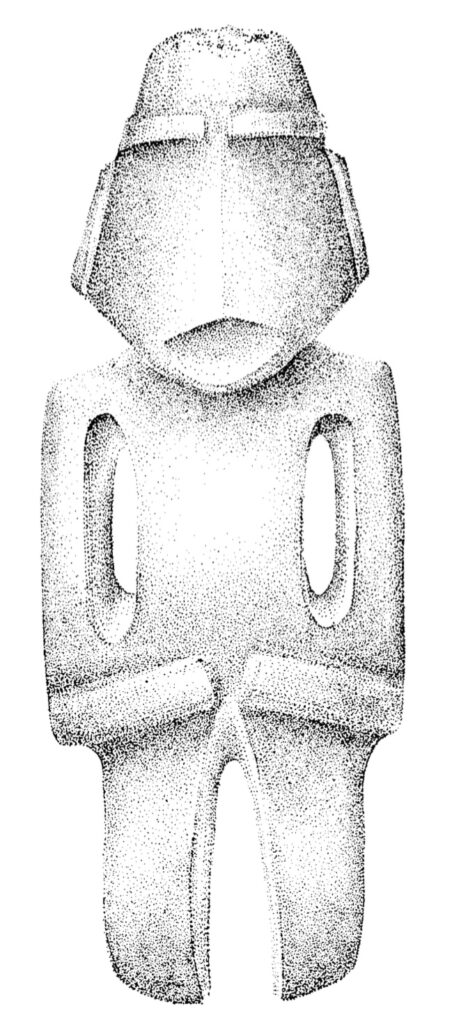
Advanced Figures: M-16 to M-26
The most advanced figures, classified as M-16 to M-22, represent the pinnacle of Mezcala artistry. These figures display sophisticated carving techniques and intricate details, highlighting the artisans’ high skill level. The figures in this range often exhibit elaborate facial features, intricate body details, and sometimes even elaborate headdresses or ornaments. The sophistication of these carvings suggests artisans created them during a period of artistic flourishing, where techniques and styles had reached their zenith.
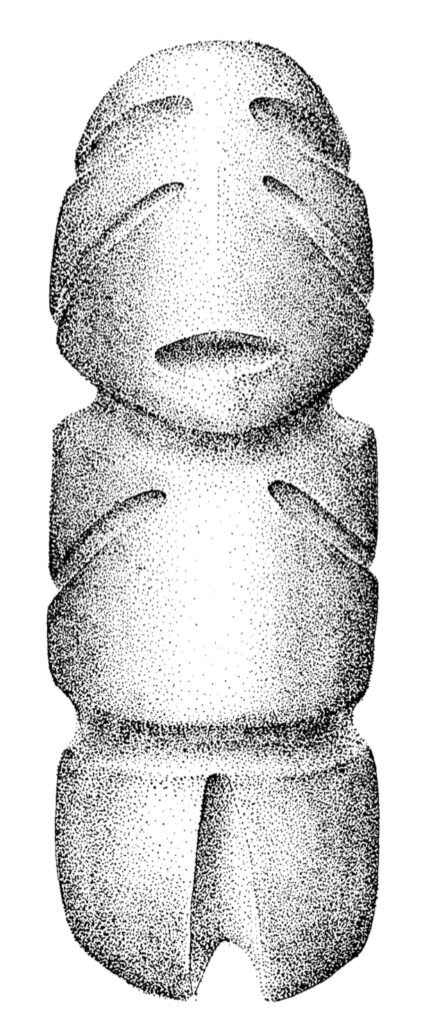
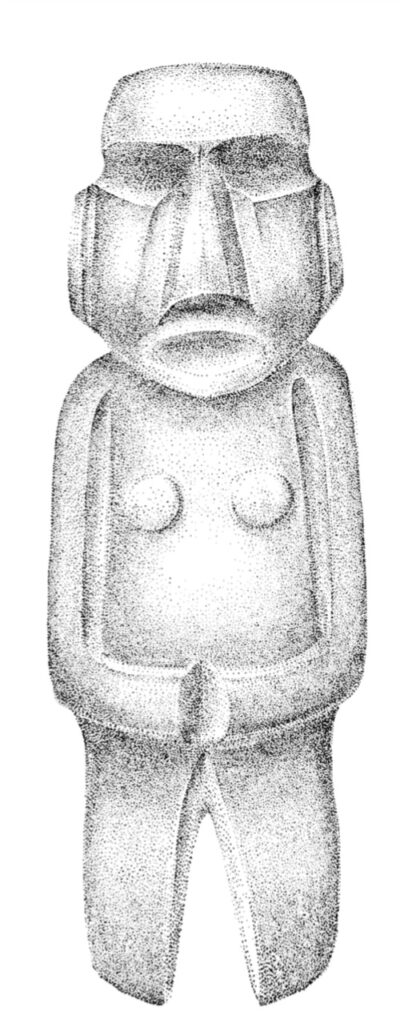



Cultural and Artistic Evolution
Carlo T. Gay’s grading system provides a chronological framework and reflects the cultural and artistic evolution of the Mezcala civilization. The transition from abstract to realistic forms mirrors broader trends in Mesoamerican art, where the representation of the human figure became increasingly important. This progression also suggests that neighboring cultures and evolving religious or societal norms influenced Mezcala artisans.
Authentication and Classification
In addition to serving as a tool for classification, the M-Scale helps collectors and scholars assess the authenticity of Mezcala figures. By understanding the stylistic characteristics associated with each grade, experts can more accurately date and authenticate these artifacts. This is particularly important given the prevalence of forgeries in the art market. The ability to identify the specific stylistic features of each grade allows for a more nuanced understanding of Mezcala art and ensures that genuine pieces are accurately recognized and preserved.
Conclusion
The M-Scale grading system has become an essential reference for Mezcala stone figures. Providing a structured framework for classification allows for a deeper appreciation of the artistic achievements of the Mezcala civilization. The system’s ability to trace the stylistic evolution of these figures offers invaluable insights into their creation’s cultural and historical context.
In conclusion, Carlo T. Gay’s grading system for Mezcala stone figures is a crucial tool for understanding the development of this unique art form. From the primitive abstractions of the early grades to the sophisticated realism of the advanced figures, the M-Scale captures the artistic journey of the Mezcala artisans. This system not only aids in the classification and authentication of Mezcala figures but also enriches our understanding of Mesoamerican art and culture. By studying these figures and their stylistic progression, we gain a deeper appreciation for the creativity and skill of the Mezcala civilization.
Discover the Microscopic Clues: Distinguishing Modern and Ancient Tool Marks on Stone Artifacts
Research Academic Papers and News Articles
